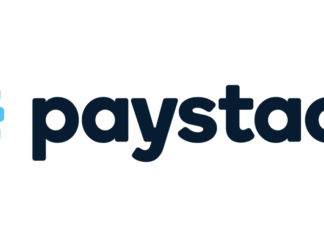When you purchase through links on our site, we may earn an affiliate commission. This doesn’t affect our editorial independence.
OpenAI-Microsoft revenue deal has drawn fresh attention after leaked documents revealed new details about payments between the two firms. The files, shared by writer Ed Zitron, outline how much Microsoft received from its partnership with OpenAI across 2024 and the first three quarters of 2025 prior to the Open AI’s Dev Day. Additionally, the figures highlight a fast-rising financial relationship shaped by heavy compute demands, deep investment, and a complex revenue-share structure. Additionally, they show how the company at the center of today’s AI race is balancing strong income with soaring operating costs.
Moving forward, Microsoft reportedly received $493.8 million from OpenAI-Microsoft revenue deal in 2024 under their revenue-share arrangement. That number jumped to $865.8 million across the first nine months of 2025. The deal stems from Microsoft’s multibillion-dollar investment and includes a 20% share of OpenAI’s income. People familiar with the agreement say the percentage is not publicly confirmed, even though it appears consistent with industry expectations. Similarly, Microsoft returns a similar share to OpenAI from Bing and Azure OpenAI revenue, but those numbers remain difficult to estimate because the company does not break out those earnings in its reports.
Despite the uncertainties, the leaked data gives a rare view of figures that the companies usually shield. The source added that the leaked payments represent Microsoft’s net share after subtracting what it pays back to OpenAI for Bing and Azure OpenAI royalties. Interestingly, this development gives a clearer sense of the internal flow of money, even though it does not reveal the full picture.
Rising costs and growing pressure
The documents also hint at the steep costs tied to running OpenAI’s products. Zitron’s review suggests OpenAI spent roughly $3.8 billion on inference in 2024. That figure rose to about $8.65 billion in the first three quarters of 2025. Inference spending reflects the cost of delivering model outputs at scale, and those bills are paid mostly in cash. Training costs, however, rely heavily on credits from Microsoft’s earlier investment. These numbers show that OpenAI’s inference costs may now exceed its revenue, which could raise new questions about sustainability across the wider sector.
Earlier reports estimated OpenAI’s 2024 revenue at roughly $4 billion. Newer accounts put its annualized run rate above $20 billion by late 2025, with bold forecasts suggesting a possible leap toward $100 billion by 2027. Those claims add weight to debates about whether today’s valuations match the financial realities on the ground. This tension around OpenAI Microsoft revenue deals shapes policy discussions, investor expectations, and strategic decisions in governments trying to understand the long-term economics of large-scale model deployment.
OpenAI Microsoft Revenue: Implications for the broader AI market
The OpenAI Microsoft revenue issue now sits at the center of a wider conversation about compute supply, market power, and long-term cost structures. OpenAI has depended heavily on Azure for years, though it has added CoreWeave, Oracle, AWS, and Google Cloud to spread its workloads. These moves show how high demand has strained cloud capacity across the industry. If a leading model developer still spends more than it earns, investors may rethink what growth in this space truly requires.









